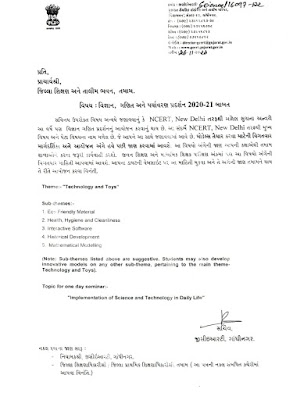MATHS SCIENCE FAIR 2020-21
Science Fair Project Information for informational purposes only. Education.com Science Fair makes no warranties or representations regarding Project Ideas and is not responsible or liable for any loss or damage directly or indirectly due to your use of such information. By accessing the Science Fair Project Ideas, you can forgive and dismiss any claims against Education.com. In addition, Education.com's website and your fair share of science fair project ideas are also covered.
This hot dog cooker uses reflective parabola. Parabola is a symmetrical curve with the letter "U." Sounds like. The center of a parabola is a point that lies along the axis of symmetry and acts like a special point around which the parabola (or any other geometric shape) is built.
Let’s study the concentration of prerab la la. A parabola graph must first be converted to standard form using the equation Y = ax2. The standard form for parabolas is as follows:
4p (y - k) = (x - h) 2
Where H is the horizontal distance of the root (curve) of the parabola from the point (0,0) and k is also the ical distance of the root of the parabola from the point (0,0). 4p is equal to (1 / a). This is just a convention of mathematics.
We plug our numbers to solve for p, which is the centrifugal distance from the vertex or the lowest point of the parabola.
So, why would we need to use parabola as our mirror? Here’s what’s great about parabolic mirrors: Focusing is the point where all reflected light passes. This makes a parab dog la a perfect mirror shape for cooking hot dogs.
Science Fair Project Information for informational purposes only. Education.com Science Fair makes no warranties or representations regarding project ideas and is not responsible or liable for any loss or damage directly or indirectly due to your use of such information. By accessing the Science Fair Project Ideas, you can forgive and dismiss any claims against Education.com. In addition, your access to Education.com's Website and Science Fair Project Ideas is covered by Education.com's Privacy Policy and Site Terms of Use, including limitations on Education.com's liability.
The warning is given by that not all project ideas are suitable for all individuals or in all circumstances. Any science project idea should be implemented only in proper settings and with proper parental or other supervision. It is the sole responsibility of everyone to read and follow the safety precautions of all materials used in the project. For more information, contact your state's science safety handbook.
Whether you're taking photos with your iPhone, watching a DVD, reading a PDF, or checking Google Images, digital images are everywhere. This is quite surprising as these images require a lot of memory. The memory required by these complex images makes them harder to store and takes time to download.
Rows of small to large dots that form an image - almost everyone is familiar with pixels. The resolution of an image depends on the number of pixels used in a particular image. A raster image is a data structure that stores information about those pixels. The data about these pixels is compressed, using a specific encoding algorithm so that the image takes up less memory. The lossless algorithm allows the image to be reproduced without losing any data. A harmless algorithm is one in which some data is lost so that the image can be further compressed.



No comments:
Post a Comment